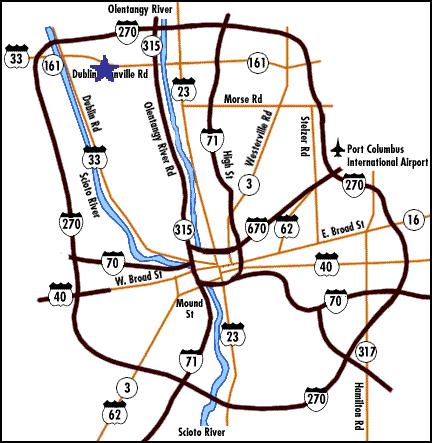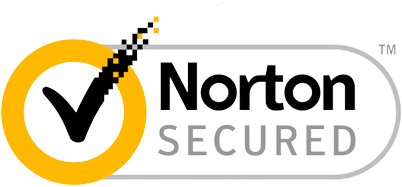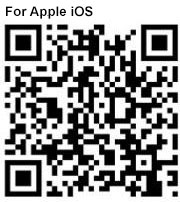Home » Landing Zone Lectures

Safety is the top priority at MedFlight, and our teams rely heavily on Fire and EMS personnel on the scene to set up and secure a safe landing zone.
MedFlight offers free landing zone safety training and will offer continuing education credit as well. This training includes both a classroom lecture and a live helicopter landing for skillset practice.
To request this training fill out our “Landing Zone Lecture” form and a MedFlight partner will be in contact with you to continue to the scheduling process.
Landing Zone Lecture Request Print MedFlight’s LZ Guidelines

SET UP A LANDING ZONE:
- Ensure the LZ is at least 100 x 100 ft in diamaeter.
- Ensure the LZ is on level ground.
- LZ surface can be a secured roadway, grassy field, parking lot, hard packed snow, etc.
- Avoid LZ locations with ice, loose gravel or dirt.
HOW IS THE LZ MARKED?
- Mark LZ corners with weighted cones that are lying down, pointed inward.
- LED lights and beacons are suitable for nighttime LZs.
- Mark overhead wires with vehicles or apparatus lighting.
- Avoid using flares on dry soil/field conditions.
IDENTIFY NEARBY OBSTRUCTIONS:
- NEAR THE LZ: Identify trees, signs and light poles on perimeter and ALL wires and their direction.
- NEARBY LZ: Identify buildings, poles, ALL wires and their direction.
- FAR FROM LZ: Identify watertowers, radio/cell towers, high tension lines.
- Obstructions should be identified by their direction from the LZ (North, East, Southwest, etc.)
SAFETY FIRST!
- Ensure two-way radio communication for LZ briefing.
- LZ Command should ensure first responds and onlookers remain at a clear distance during landings and takeoff.
- Secure loose items that can be affected by rotor wash.
- Do not approach the aircraft until direct by flight crew.
- Bright white lights are not NVG-friendly.






















